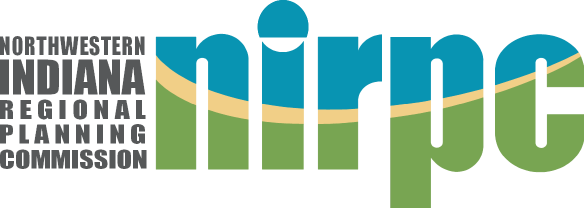What is Green Infrastructure?
At the landscape level, green infrastructure is an interconnected network of forests, wetlands, waterways, grasslands, and other natural areas that support native species, maintain natural ecological resources and processes, and contribute heavily to human health and quality of life. At the regional scale, green space can help protect water quality and help ensure the availability of drinking water. Green infrastructure can also provide key recreational areas that link people to natural lands and facilitate the use of transportation modes other than automobiles. At the site scale, green infrastructure enhances communities through environmentally‐sensitive site design techniques, urban forestry, and storm water management systems that reduce the environmental impact of urban settlements.
Green Infrastructure Vision
The Green Infrastructure Vision gives “a high priority… to identifying and preserving important but unprotected natural communities, especially those threatened by development, and to protecting areas that can function as large blocks of natural habitat though restoration and management”. Originally completed in 2004 by the Northeastern Illinois Planning Commission, the Green Infrastructure Vision serves as a visual representation of the Chicago Wilderness Biodiversity Recovery Plan for the Chicago Wilderness region. NIRPC has adopted the second generation of the Green Infrastructure Vision (GIV 2.1) into the 2015 update of the 2040 Comprehensive Regional Plan.
Ecosystem Services
Ecosystem services are the collective benefits provided by nature to humans. Forests, wetlands, prairies, waterbodies, and other natural ecosystems help support our existence. In 2014, NIRPC commissioned an Ecosystem System Services Valuation Study for Lake, Porter, and LaPorte Counties. The valuation models looked at six ecosystem services including: water flow regulation/flood control, water purification, groundwater recharge, carbon storage, air purification, and recreation and ecotourism. The estimated economic value of these services totals approximately $8 billion.
- Water flow regulation/flood control ($4 billion/year)
- Water purification ($393 million/year)
- Groundwater recharge ($1.4 billion/year)
- Carbon storage ($4.3 million/year)
- Air purification ($319 million/year)
- Recreation and ecotourism ($1.9 billion/year just for existing public land, including $121 million/year for Indiana Dunes State Park and $168 million/year for Indiana Dunes National Lakeshore)
